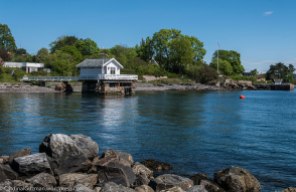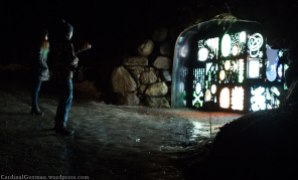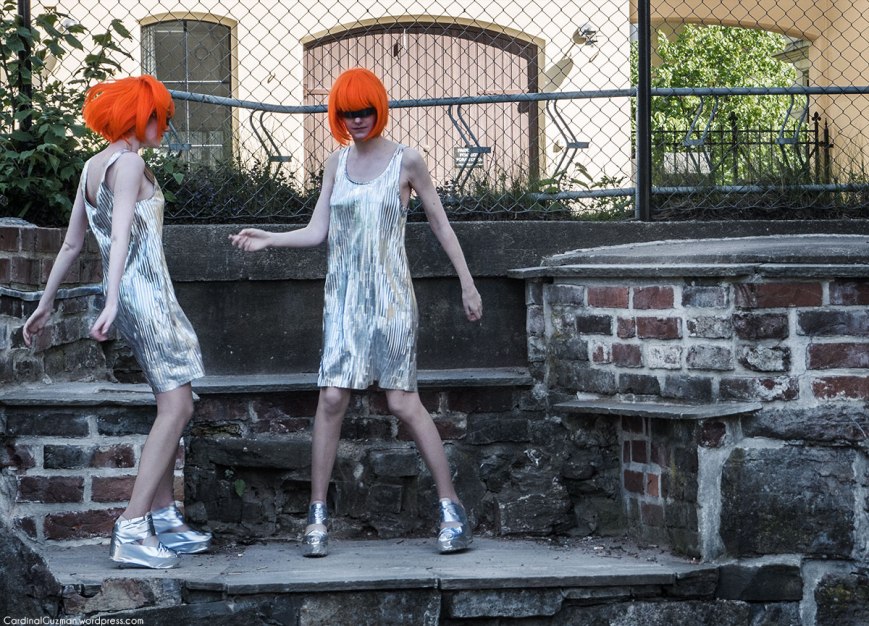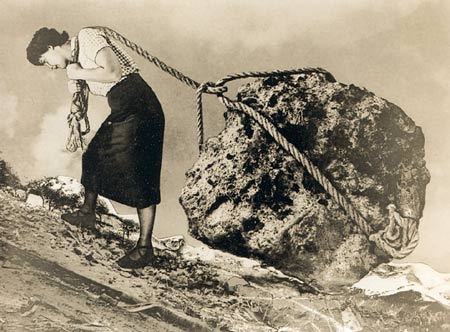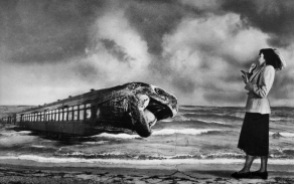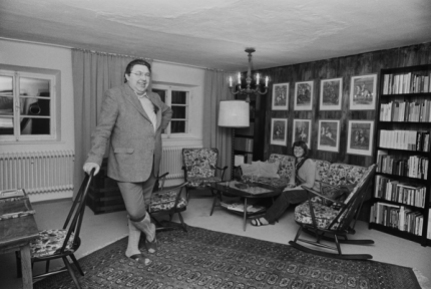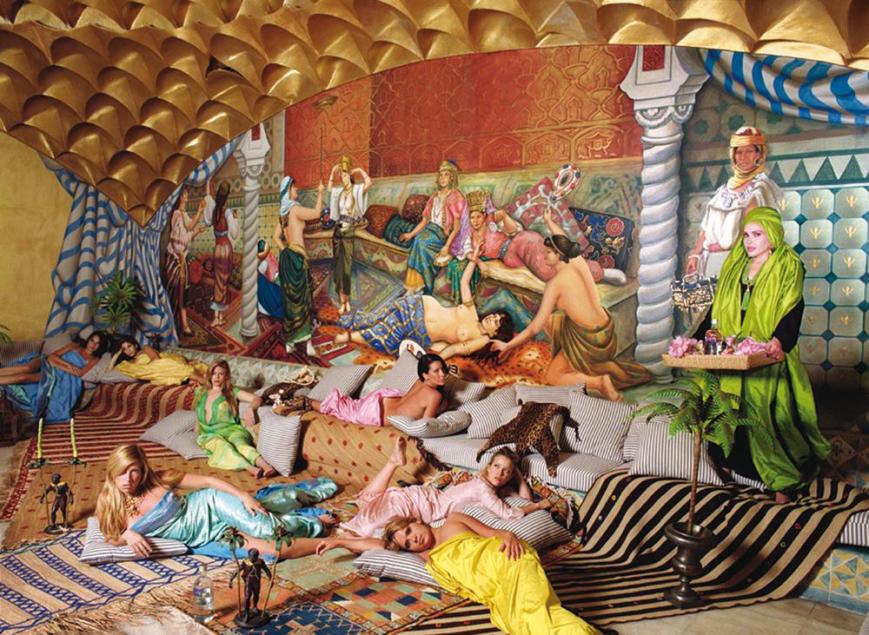
The History of Tattoo – Part 1: Polynesia & New Zealand
The History of Tattoo, Part 1: Polynesia & New Zealand:
In order to elaborate further on the subject The History of Tattoo (and how it reached such popularity in the West), we must first take a look at the explorers colonization and the missionary activities in the Pacific during the 17th and 18 century. Tattooing existed in Europe prior to the colonialists encounters with local people in Polynesia. Christian pilgrims, for example, had tattoos as souvenirs and confirmation of their belief, tattoos they had got on pilgrimages to the Holy Land as far back as the 16th century. Also the Celts practiced tattooing pre-Roman conquests.
Through archaeological evidence we can trace tattooing in Polynesia back to as early as 2000 BCE, and such evidence has been found on all the islands. Captain James Cook, a European explorer who sailed with the British navy, was the first who reported about Polynesian tattoo. This was in 1769, when he “discovered” Tahiti and in 1778 when he met Hawaiians. Cook and his crew wrote and made notes on subsequent trips, and Cook was the first Westerner to adopt the Tahitian word “ta-tu” or “tatau” when he described this practice (before that tattooing was referred to as dots and marks).
The tattoos they recorded includes lines, stars and other geometric designs, as well as scenes containing animals and humans, and the tattoos were worn by both women and men. By the time of the first European contact the motives was primarily linear and most likely had a genealogical and a protective function. Already in 1784, Cooks crew laid themselves before the natives needles to get tattooed, and unknowingly they therefore had a key role in bringing tattooing to Europe.

Wikimedia Commons: Maori Moko, scanned from John Rutherford: The White Chief (pre-1923)
19th century voyages noted that the designs now included, in addition to plants and animals that were previously registered: rifles, cannons, dates and words in memory of deceased chiefs. These newer designs were probably introduced to the Polynesians by Cook’s crew. At this time, Polynesians were also tattooed by Western tattoo artists who worked on ships, where they used the indigenous’ technology.
After the Hawaiians adopted Western weapons, their tattoos, now influenced by Westerners, became exclusively decorative, and they were no longer required for protection. Without this early cross-contamination, it is doubtful that the tattoo would be re-established in Europe or that it would be perceived as anything other than some sort of primitive characteristics.
Captain Cook’s first visit to New Zealand was in 1769, and on that journey the ships own illustrator (Sydney Parkinson) drew pictures of the native tattoo – Moko. Moko is the linear facial tattoos that are worn by Maori men and women as a sign of status as well as association.
The Maori had a long tradition in which they preserved the deceased nobility’s tattooed heads, it is assumed that this was to keep the deceased’s memory alive. The heads were also seen as sacred, because they were of the opinion that the heads continued to contain the deceased’s Tapu, or magical qualities. In 1770, a mere year after the initial contact, the Europeans interest in these heads led to a head-to-arms trade that lasted until 1831 when it was banned by the colonial authorities.
This trade turned particularly scandalous during the tribal wars in the 1820s, the European demand for tattooed heads was at a historically high, and prisoners of war were at this time tattooed, beheaded and their heads were sold to European traders. As the sale of heads increased, the Maoris stopped preserving their friends heads, so that they would not fall into the hands of unscrupulous Europeans. For a period wearing a Moko actually meant that you risked being beheaded and that your head was sold to European traders.

Full facial moko, scetched by Sydney Parkinson, 1769. Wikimedia Commons
Post-European contact, Moko was associated with Maori culture as a way for the natives of New Zealand to stand out from the Europeans who had settled there. In addition to the tattoos in Hawaii and Tahiti, Maori tattoos were also influenced by European contact.
Originally Maori tattoos were applied by cutting the skin and then rubbing the ink into the open wounds. After the Europeans arrived, sailors brought metal to the Maori, which put them in a position to adopt the stick method that was found in other parts of Polynesia.
European explorers also affected the tattoo culture in other parts of Polynesia.
The motives which originally contained detailed linear patterns, moved towards big, wide, black tattooed areas.
Despite all this the most lasting consequence of the contact between European explorers and Polynesian tattooing, was not stylistically. While this contact resulted in the re-introduction of tattooing in the West, it also led to the destruction of Polynesian tattooing through missionary activities. The assignments of these explorers was, after all, to learn about these “primitive” cultures and to pave the way for later civilization of these communities through the missionaries, who banned both tattooing, polygamy and other practices that were seen as uncivilized.
«Living tradition»
Moko, intricate patterns artistically tingled and carved on the body, even in the face – including eyelids – has a long tradition among the Maoris. It was a magical and religious art of the chiefs and warriors, but also women were decorated. Moko also created sexual power. Now, extensive moko on the face is only for the bravest, but large decorations elsewhere on the body is experiencing a renaissance in line with the renewed cultural and ethnic pride.
– The art of Maori Tattooing
Sources:
Punk and neo-tribal body art, Daniel Wojcik, University Press of Mississippi
Bodies of inscription, Margo DeMello, Duke University Press, Durham&London 2000
Skin Shows – the art of tattoo, Chris Wroblewski, Virgin Books
This was the first post in The History of Tattoo and later I will translate and publish the rest of the History of Tattoo, an article that I originally wrote on Norwegian for a tattoo chain. I’ll also update the article(s) and add some new stuff.
In the meantime you can read Tattoo Artist Magazines’ article on Horitomo ( I will cover Japanese tattoo history in a later article), or some of these articles:
Related articles
More about the history of tattoo:





















































































